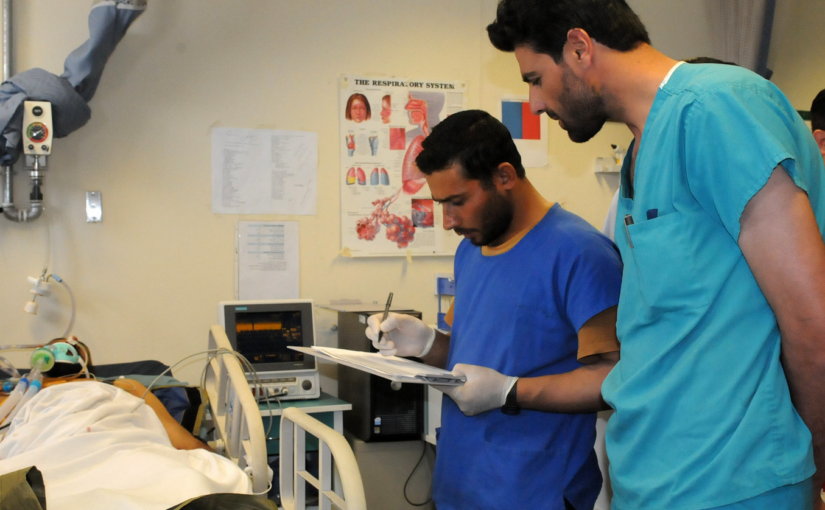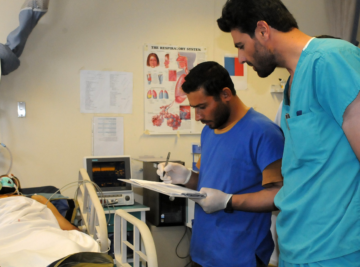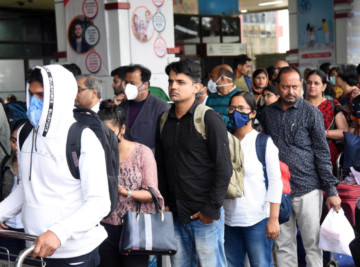Why India has a low COVID 19 death rate?
India is a country of miracles and people of the land have been relying on miracles since time began. Mythical stories aside, the last few decades for the people of India have been quite turbulent. Not to mention that fighting for independence and finding our diverse selves put under one constitution was one hard task. But only miracles could have saved us from wars or pandemics had it happened in modern India, if they were ever of the scale the west has endured. Or has it saved us really?
The question of why India still continues to have a lower death rate due to Coronavirus runs on similar lines. Compared to the US, Spain, UK and Italy, India has a lower fatality rate of 3 percent and the government claims everything is under control. Joint secretary at the ministry, Lav Agrawal stated that ‘India’s is among the lowest COVID-19 fatality rates in the world’ and that ‘India has a low number of cases per one lakh people (lower than Spain, Belgium, the US, and Mexico)’.
It is one thing to hide facts and not come forward for press briefings – be it for the issue of people dying of demonetization or sudden lockdown, due to lack of Internet in remote places of Kashmir or even Coronavirus itself, we have seen no press briefings done by the prime minister – it is another thing to twist facts to your benefit and claim that everything is alright.
India’s population is not equally affected by COVID and saying we have fewer cases compared to countries like Spain is misleading. The pandemic is currently concentrated in states like Maharashtra, Delhi, or Tamil Nadu and most other states have not come in contact with the virus for the simple reason that some cities have population working in foreign lands and have much higher exposure. Like Kerala and Maharashtra have people coming back from the Middle East and the US. Comparatively North-Eastern states, hill states, and Tier 3, 4 cities have very less exposure to international cities and hence have very fewer cases. As people migrated back to home towns from cities and more people return to India from abroad, the spread increased.
So the number of cases per lakh of the population is not a good statistic. It is rather a misleading one. Also, the rate will only rise as fast, if we test for Coronavirus as fast as other countries. We are testing more slowly at 1700 tests per million, compared to the US (36,961), Italy (51,347), the UK (29,412), or Russia (50,381). and hence our official numbers are less.
Also Read: Migrants and government ignorance
Another fact that points to this truth are the doubling rate – the days it takes for confirmed coronavirus cases to get doubled. For India, it is 14 days, for the US, Spain, Russia, and UK it is 35, 56, 20, and 35 days respectively. This means the disease is spreading in India at a much faster rate.
Now the fatality rate, which is the number of people dying from Coronavirus among the confirmed cases, is currently at 3 percent. This is certainly lower compared to the US (5.26), Brazil (5.6), Italy (14), or Spain (9).
But we should remember that in India, not all deaths are recorded, or happen in a hospital or care home. We have seen cases where hospitals turn away people without testing, let alone admit them for fever or suspicion of the disease. We have seen cases where migrant workers died and were not tested despite possible COVID 19 symptoms reported by family or friends.
Moreover, there have been confusing guidelines from the centre regarding the reporting of deaths. Earlier, it was not clear if patients with co-morbidities (having other diseases apart from COVID) to be reported as a COVID death or not. ICMR later issued guidelines, but it has given the states a way to hide the actual number of fatalities.
Why would a state want to hide COVID fatalities? That is because more deaths, especially due to negligence or ill-preparation or lack of facilities, would show its government in a bad light. There are incidences of under-reporting and mismatch between hospital data and government figures. An Indian Express report said deaths in Delhi hospitals back on May 9 stood at 166, while the government data recorded only 66 fatalities.
Also Read: Corona and Indian Politics
Mass return of the migrants was a serious warning sign that the government conveniently ignored. A staggering 200 migrants lost their lives just in the bustle to reach back to their home towns. Why is it that the government takes sudden decisions – like demonetization, scarping of Article 370 or lockdown – and leaves the fate of people in the hands of destiny? Despite having planning teams, a pool of able IAS officers, and old, experienced leaders at the reins, why such mishaps occur?
They occur repeatedly, all the government can do is clean up afterwards. After uproar on twitter, on a few media channels initially and later almost all, about the issue, the government reacted to the negative sentiment to save its bleeding reputation. It reacted by ordering Railways to run Shramik Express trains. But it was done to ease the fire it was getting from all around, which is clear from the fact that the arrangements were done haphazardly. Some trains took double the time – over 5 days – to reach their destinations, totally without food or water.
So coming back to the original question, why is the death count in India low? It may not be as low as the government data shows. But even if one goes by the official data, the low rate of fatalities is definitely not due to good healthcare facilities or good arrangements done by the government. If at all, it won’t be wrong to say that it is due to the stoic Indian citizens who save enough for rainy days like these and can afford to stay at home without a job for months together, either in the city or in their hometown.
Data source: WHO
Image: ResoluteSupportMedia



